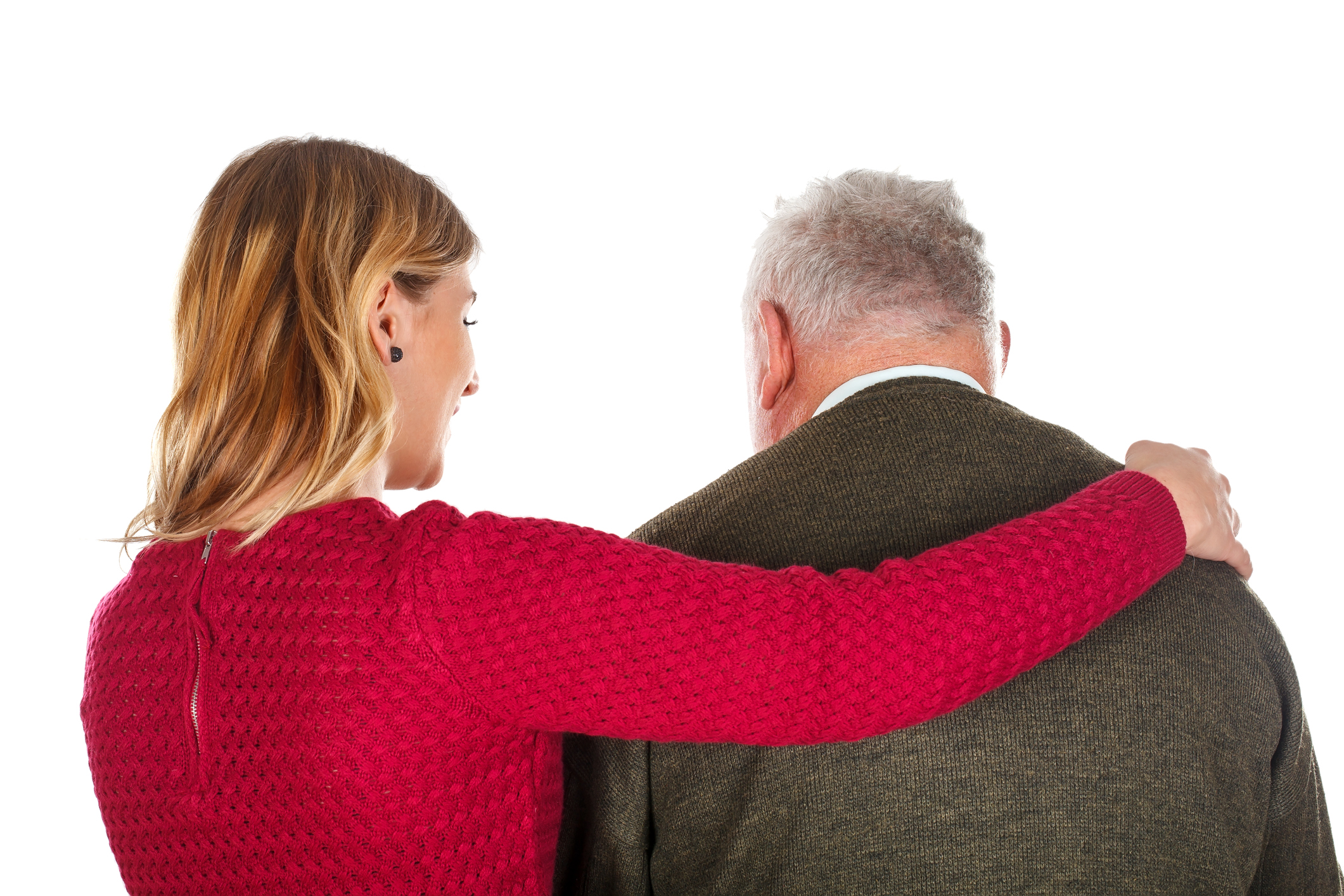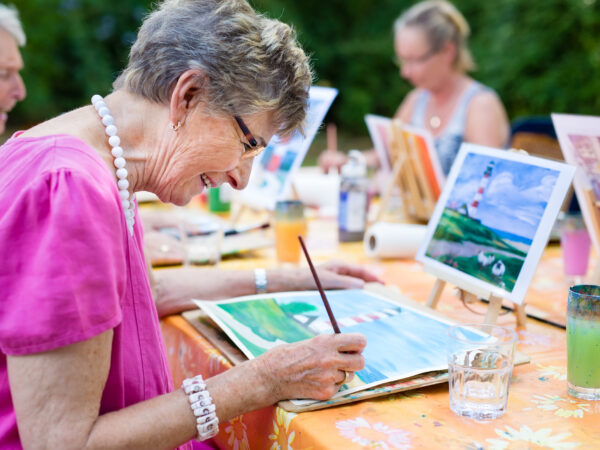One expects that with advancing age, some aches and pains are bound to crop up but there is growing evidence that many older adults are living with untreated chronic pain that prevents them from enjoying daily activities. Believing it’s just a natural part of getting older, pain is frequently underreported by seniors or goes untreated in nursing homes as a result of cognitive impairment. According to a recent article in the Ochsner Journal, one study found that 66 per cent of nursing home residents had chronic pain but almost half went undetected by the treating doctor.
A new set of UK guidelines to assess and recognize pain among older adults was recently published in the journal Age and Ageing to help physicians and health care workers better screen seniors for pain. Simply by using different wording; instead of asking if an older adults has pain, guidelines suggest asking if something is preventing them from participating in activity or interfering with daily tasks. Researchers also find older adults who don’t want to complain or who have some form of dementia may respond better to terms like soreness or aching rather than more direct questions about where it hurts or if they are in pain.
More effective pain management for older adults begins with better assessment. Research has found that the prevalence for pain increases with age until about 85 years and then tapers off; pain is also strongly linked with an increased risk for depression, cognitive decline, social isolation and loneliness. Untreated chronic pain among older adults can also impair mobility, quality of life and independent living, placing a greater strain on the health care system. Seniors are the fastest growing segment of the population worldwide and by 2040, it is estimated that the number of people over 65 will reach 1.3 billion.
To read more about the UK National Guidelines for the assessment of pain in older people follow this link to the Journal Age and Ageing.






Add Your Voice
0 Comments
Join the Discussion